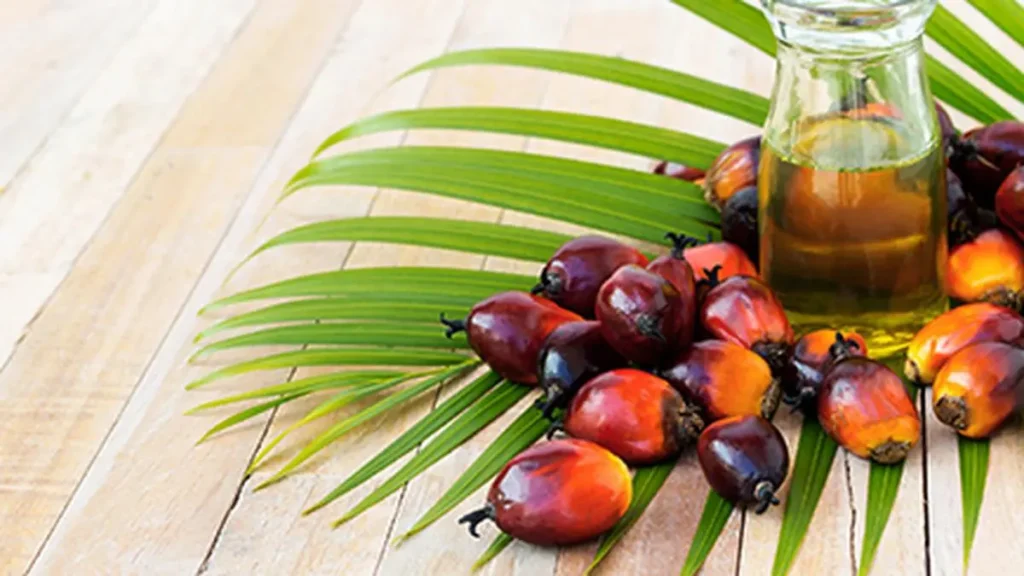
Palm oil farming, a transformative economic force for India
2025-04-26T06:33:43Z
The country’s palm oil mission is more than agricultural reform—it’s a blueprint for inclusive growth, economic resilience, and sustainability
India is at a critical point in its journey towards agricultural self-reliance. As the world’s largest importer of palm oil, the country faces a dual challenge: balancing edible oil affordability for consumers while reducing its heavy reliance on imports, which imposes a significant economic burden. Government initiatives, led by the National Mission on Edible Oils – Oil Palm (NMEO-OP) and National Mission on Edible Oils – Oilseeds (NMEO-Oilseeds), aim to boost domestic oilseed production, empower rural communities, and promote sustainable growth, advancing the vision of Atmanirbhar Bharat.
The Union Cabinet recently approved NMEO-Oilseeds, to be implemented from 2024-25 to 2030-31 with an outlay of ₹10,103 crore. The programme focuses on increasing production of key oilseed crops like rapeseed-mustard, groundnut, soybean, sunflower, and sesame, along with improving extraction efficiency from secondary sources like cottonseed, rice bran, and tree-borne oils. It targets a rise in primary oilseed production from 39 million tonnes (2022-23) to 69.7 million tonnes by 2030-31. Alongside NMEO-OP, the aim is to increase domestic edible oil output to 25.45 million tonnes by 2030-31, meeting around 72 per cent of India’s projected requirement of 35.5 million tonnes.
Economic strain
In 2024, palm oil accounted for 38 per cent of India’s edible oil consumption, making it integral to millions of diets. Yet, dependence on imports creates vulnerabilities. Currently, 57 per cent of edible oil demand is met through imports, with palm oil comprising 59 per cent of this. This costs India about $15 billion annually, straining the economy and exposing it to global price fluctuations. Cooking oil prices, for instance, surged due to higher import duties and market volatility.
To tackle this, NMEO-OP plans to expand oil palm cultivation by 16.71 lakh hectares, with 8.50 lakh hectares expected to yield fruit by 2029-30. This is projected to produce 170 lakh tonnes of Fresh Fruit Bunches (FFBs) and boost Crude Palm Oil (CPO) production to 28.11 lakh tonnes by 2029-30.
India’s strategy centres on small-scale farmers rather than large plantations, with strong potential for rural job creation and income generation. The Mega Oil Palm Plantation Drive engaged over 10,000 farmers across 12,000 hectares in 15 states from July to September 2024. With yields of 4–5 tonnes per hectare annually, palm cultivation offers economic stability.
Key challenge
A key challenge is the four-year gestation period before oil palms deliver returns. To support farmers, NMEO-OP offers subsidies for saplings, fertilisers, and irrigation, along with a Viability Gap Payment (VGP) during price dips. Intercropping—growing secondary crops alongside oil palms—provides interim income and improves soil health.
To ensure success, the Solvent Extractors Association of India (SEA) has recommended raising the NMEO-OP budget to support farmer education, improve seed quality, modernise practices, and enhance processing and storage infrastructure.
Palm oil’s impact spans farming, transport, warehousing, and processing. However, discounted refined palm oil imports slow progress. To address this, SEA has proposed raising import duties on refined palm oil (RBD Palmolein) and restricting duty-free imports of finished products like soap noodles and stearic acid that undermine local industries.
HUL move
In a recent move, Hindustan Unilever Limited (HUL) acquired the palm unit of Vishwatej Oil Industries in Telangana under its palm localisation strategy. HUL will set up nurseries, fruit collection centres, and a modern palm oil mill, introducing global best practices in sustainable agriculture.
SEA also calls for uniform import duties on crude edible oils and government-backed private partnerships for extension programmes.
India’s palm oil approach aligns with consumer preferences and sustainability. For the first time, the Union Agriculture Ministry is surveying edible oil consumption via the “My Gov” platform.
Globally, palm oil provides 35–40 per cent of vegetable oil demand using under 6 per cent of the land needed for all vegetable oils. Alternatives like soybean, coconut, or sunflower require 4–10 times more land, risking other ecosystems. Palm oil yields more per hectare and needs fewer fertilisers, pesticides, and energy inputs.
Sustainability the centre of focus
Sustainability is central to NMEO-OP, focusing on low water use, improved soil health, and utilising fallow land. The Northeast, with favourable conditions, is ideal for large-scale cultivation, though infrastructure gaps and high transport costs require targeted investment and subsidies.
Long-term success requires R&D investment. Innovations like climate-resilient seedlings, high-density planting, and public-private partnerships can boost productivity. Soil conservation and biodiversity efforts are also vital for ecological balance.
India’s palm oil mission is more than agricultural reform—it’s a blueprint for inclusive growth, economic resilience, and sustainability. By centring farmers, fostering sustainability, and enabling government-industry collaboration, India can achieve edible oil self-reliance. With the right policies, investments, and partnerships, palm oil farming can transform India’s economic and agricultural landscape—driving prosperity from farm to table.
The author is Former Additional Commissioner (Oilseeds), Department of Agriculture & Farmers Welfare, Government of India
Published on April 26, 2025
Auto-posted from news source




